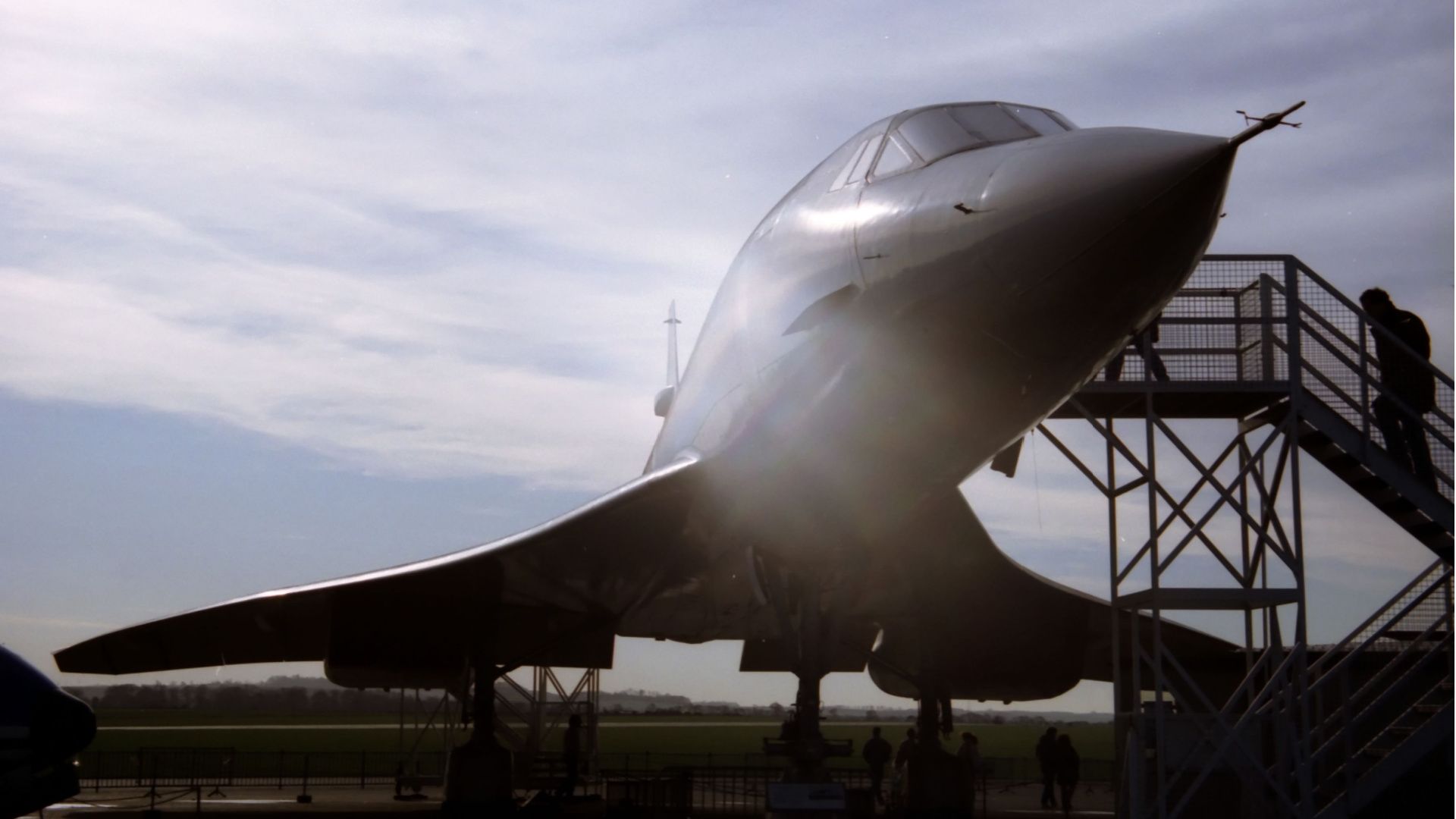Summary
- North Korea’s Air Koryo wanted a Concorde to showcase modernity and cut travel times but failed due to costs.
- The nation’s interest in Concorde was symbolic and practical, aiming to alter global perceptions of the regime.
- The reported negotiations with British and French manufacturers for Concorde collapsed due to costs and geopolitical concerns.
North Korea, officially known as the Democratic People’s Republic of Korea (DPRK), is a country that captures regular global attention due to its strict governance under the Kim dynasty and its highly centralized, state-controlled economy and society. The secluded country makes headlines for its policies and the constant threat of using nuclear armor against its neighbors.
North Korea, established in 1948, has maintained a policy of isolation and relies on the “Juche” philosophy, which essentially means do it yourself or – be self-reliant. This political approach has shaped its domestic and foreign policies.
The country has a single-party system dominated by the Workers’ Party of Korea, with the country’s leadership wielding significant influence over every aspect of life (think George Orwell’s 1984). Internationally, North Korea is known for its nuclear ambitions and the resultant tensions with the global community, particularly with South Korea, the United States, and Japan.
Photo: Fasttailwind | Shutterstock
Due to North Korea’s political landscape, Air Koryo holds a unique position as one of the most exciting carriers in the global aviation industry, attracting aviation enthusiasts from around the world. The airline, founded in 1950, operates primarily out of Pyongyang and is a critical link between the isolated nation and the outside world – connecting Pyongyang to Russia and China.
A unique interest
Despite facing numerous international sanctions and operating a fleet that includes vintage Soviet-era aircraft, Air Koryo has managed to maintain scheduled and chartered services. The airline also serves as a symbol of national pride and a tool for the North Korean regime to project an image of normalcy and connectivity despite its geopolitical isolation, which brings us to the next point – why did Air Koryo want to acquire a Concorde?
Air Koryo’s fleet:
|
Aircraft type |
Quantity |
Notes |
|
Antonov An-148 |
2 |
|
|
Ilyushin ll-62M |
2 |
Operated in VIP configuration for the Government of North Korea |
|
Tupolev 204-100B |
1 |
Former Red Wings Airlines |
|
Tupolev 204 |
1 |
This particular aircraft was converted from a Tu-204-100. |

Related
A Brief History Of North Korean Flag Carrier Air Koryo
Diving into this intriguing airline.
The one (aircraft) that got away …
In aviation history, the Concorde supersonic jet is a representation of luxury, technological advancement and speed. It was an aircraft that only a few airlines worldwide were able to operate and boost as part of their fleet history, namely British Airways and Air France.
However, one of the most intriguing and lesser-known chapters of the Concorde saga involves North Korea, a country not typically associated with cutting-edge Western technology (on the contrary, primarily associated with Soviet and outdated ones) due to its isolationist policies. However, few know that once upon a time, North Korea expressed serious interest in acquiring Concorde and even signed a preliminary purchase agreement.
According to NK News, the story begins in the late 1970s when North Korea, under the leadership of Kim Il Sung, started exploring ways to boost its prestige on the global stage. The country’s national airline, Air Koryo, wanted to expand its international reach and make a bold statement. Concorde, known for its ability to cut transatlantic flight times in half, appeared to be the perfect emblem of progress and modernity.
Photo: Tony Emmett/Shutterstock
In 1979, North Korean officials approached British Aerospace and Aerospatiale, the manufacturers of Concorde, to discuss the possibility of acquiring several aircraft. This interest led to the signing of a preliminary purchase agreement—an initial step that outlined the terms and conditions under which North Korea would acquire the jets. The agreement was not a final sale but indicated serious intent from North Korea’s side to proceed with the purchase.
North Korea’s interest in Concorde was driven by both practical and symbolic reasons. On a practical level, the aircraft’s speed could drastically reduce travel times between Pyongyang and distant destinations in Europe and beyond. Symbolically, operating a fleet of Concordes would project an image of sophistication and high technological capability, potentially altering global perceptions of the isolated regime.

Related
North Korea’s Air Koryo: What Planes Does The Airline Operate?
The North Korean flag carrier has been in the news recently.
The collapse of negotiations
The preliminary agreement’s negotiations and signing were conducted with a high degree of secrecy, per standard operating procedure in most of North Korea’s international dealings. The British and French manufacturers, eager to find new customers for their high-profile yet commercially struggling aircraft, were initially receptive to Pyongyang’s proposals.
However, according to the UK National Archives, the deal eventually fell through. Several factors contributed to the collapse of the agreement. The immense costs associated with operating and maintaining Concorde and North Korea’s economic challenges made the practicality of such an acquisition dubious.
Moreover, geopolitical considerations also played a significant role. Concorde was a dual-use technology, and many Western governments feared that it could potentially be used for military purposes, so they were reluctant to authorize such a sale.
The final straw
The aborted Concorde deal faded into obscurity as North Korea and the Concorde program faced their respective challenges. Concorde would eventually be retired in 2003, marking the end of commercial supersonic travel due to high operational costs and changing economic circumstances in the aviation industry.
The episode remains a fascinating chapter in Concorde’s history—a “what if” story that demonstrates the intersectionality of technology, politics, and aviation ambition. For North Korea, the pursuit of Concorde was a brief flirtation with an audacious vision that never materialized, reflecting the regime’s desire to forge a distinctive path on the world stage, regardless of the practical hurdles.
Photo: Markus Mainka/Shutterstock
Today, Concorde is remembered more for its achievements in shrinking the globe through speed and less for the intriguing tales of what might have been with countries like North Korea. Had North Korea acquired Concorde, it would probably still be gracing the skies over Pyongyang.


